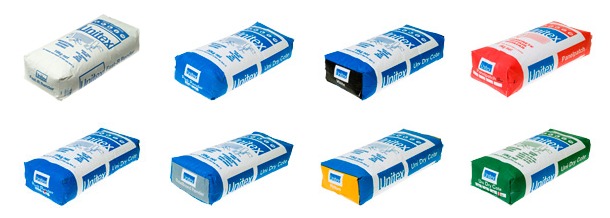Rendering has many meanings, but in the field of architecture and construction, it means making a coat of plaster, cement mortar, polymer render substance or any other material to make the surface aesthetically pleasing. This layer also adds an extra level of protection. It is also used to create a new look to an old building.
This process of decorating homes’ exterior is being followed for many years. In its primitive form, mud was used for rendering purpose, while the latest being scyon, which offers many benefits to homes and commercial buildings as well.
Few of them being:
- Increase in the external appearance of the property: Rendering can help in giving an old and boring appearance a new look. It would give the building a modern look and make it more visually appealing. This process is frequently used during the renovation process. This additional layer to the building would help in making the property look better and can increase the resale value of the building as well. A wide range of colours along with different textures and finishes help in making the walls match the surrounding décor.
- Making walls thermal efficient: Rendering makes a layer on the exterior side of the wall, thus stopping the sun and rain entering the walls. This step makes the interior of building cooler in summer and warmer in winter. Thus, reducing the use of the HVAC system and saving money on the owner’s power bill.
- Weatherproofing: Poor condition of external walls would allow water to seep in, thus deteriorating the condition of walls. These renders generally have water-repelling property, to keep the walls protected in the rainy season.
There are many types of renders in the market in recent time. Depending on the choice and budget, property owners can choose the material to give an external coat with additional protection and increase in aesthetic look.






